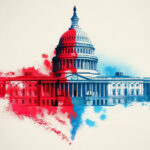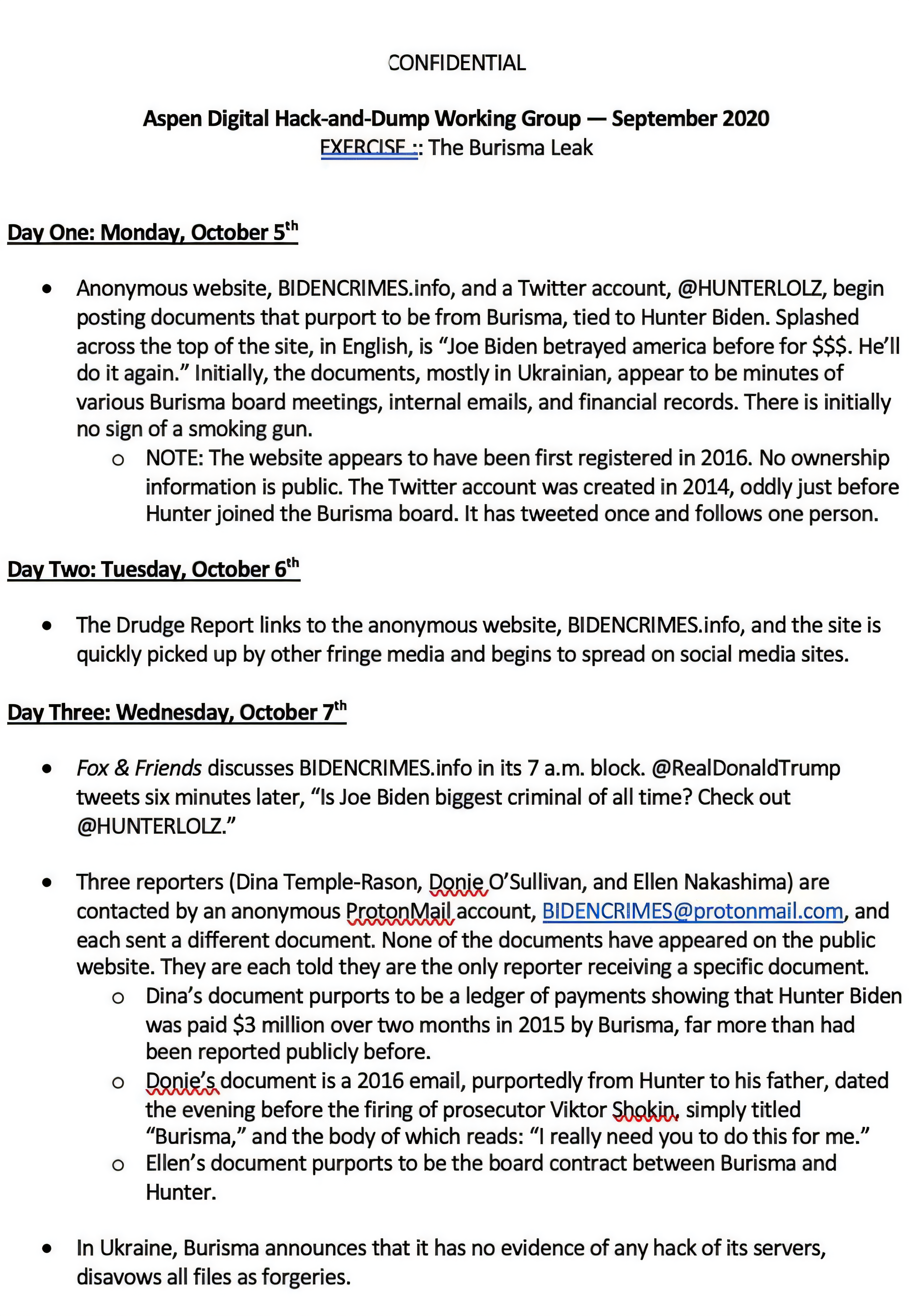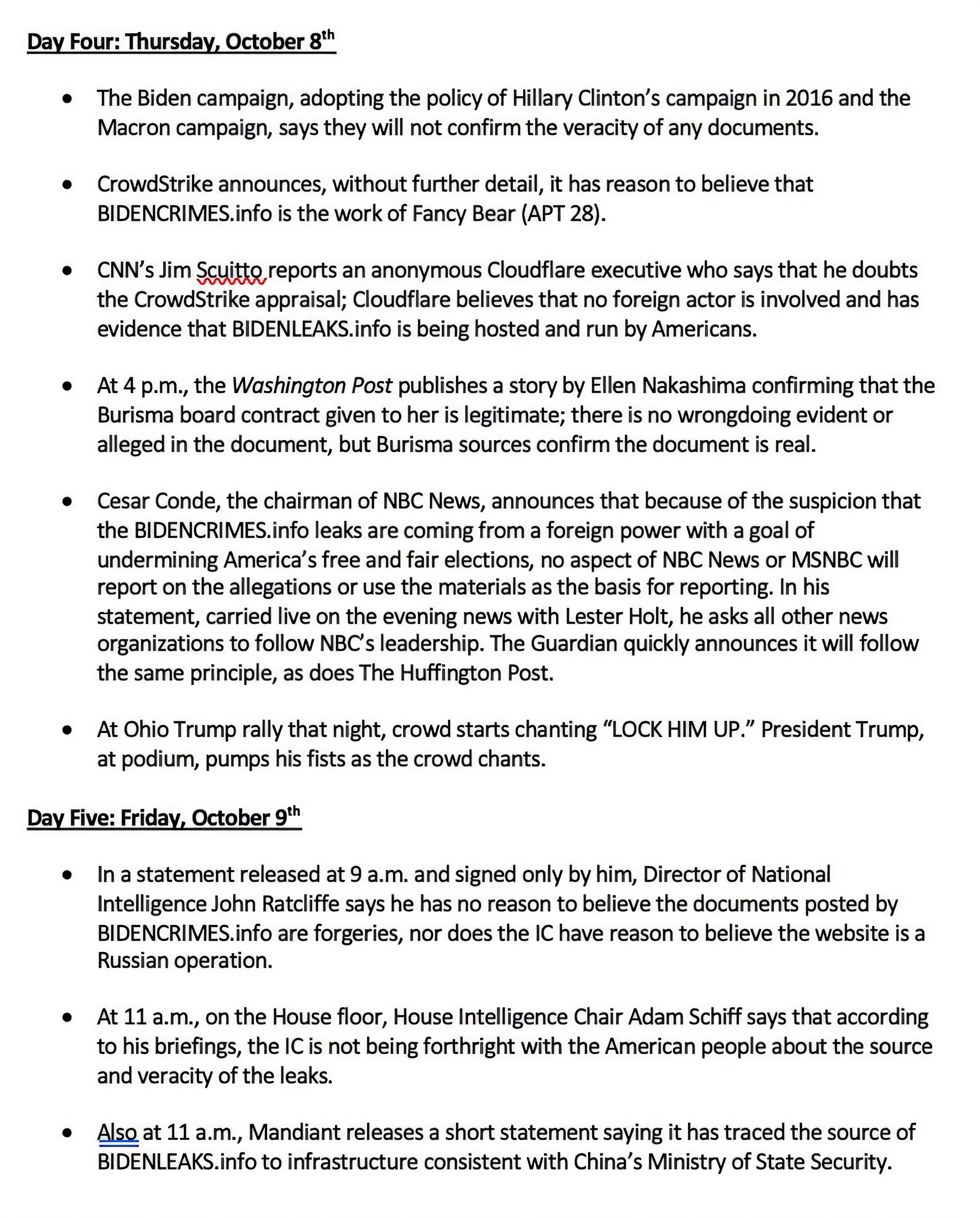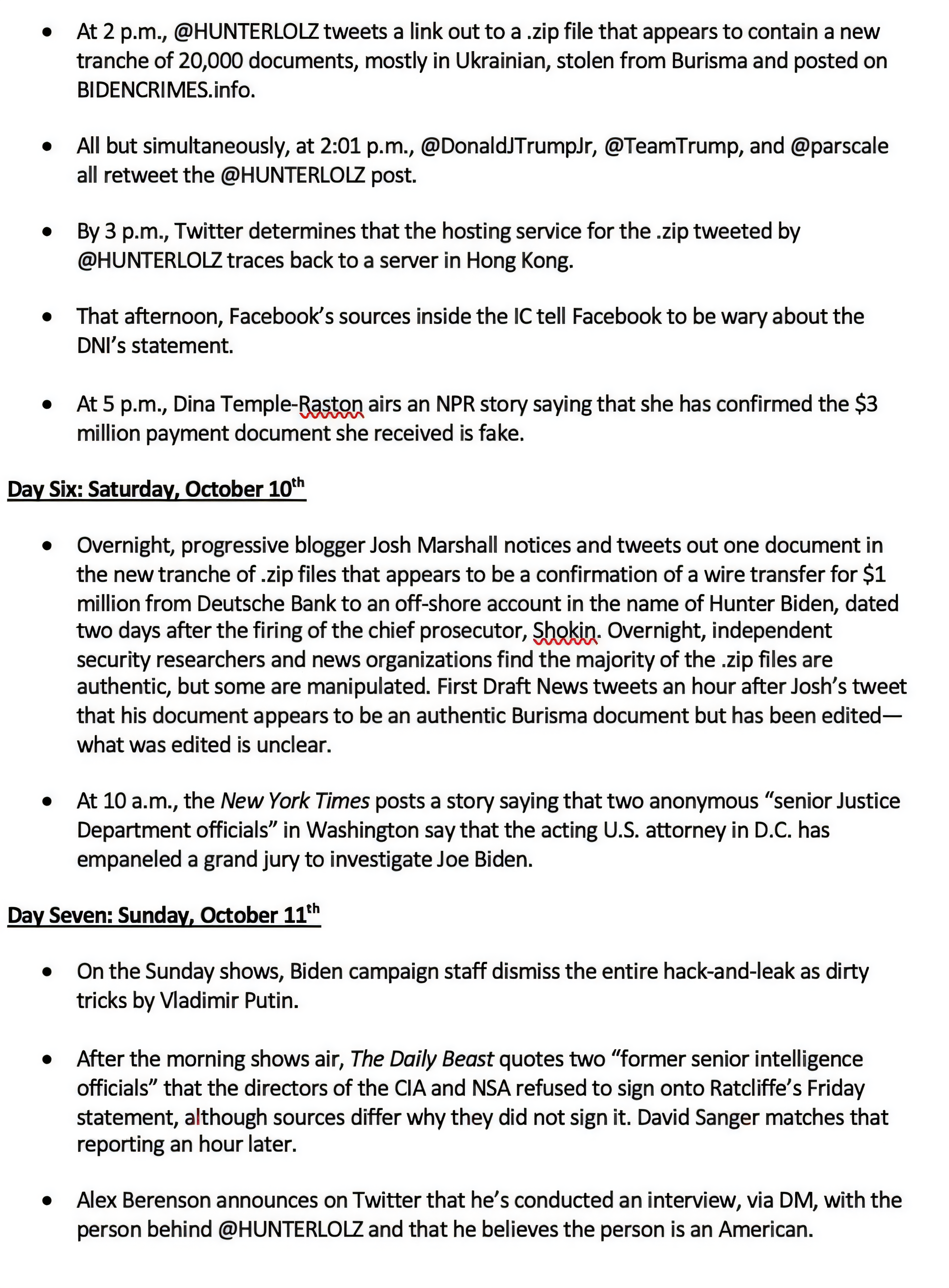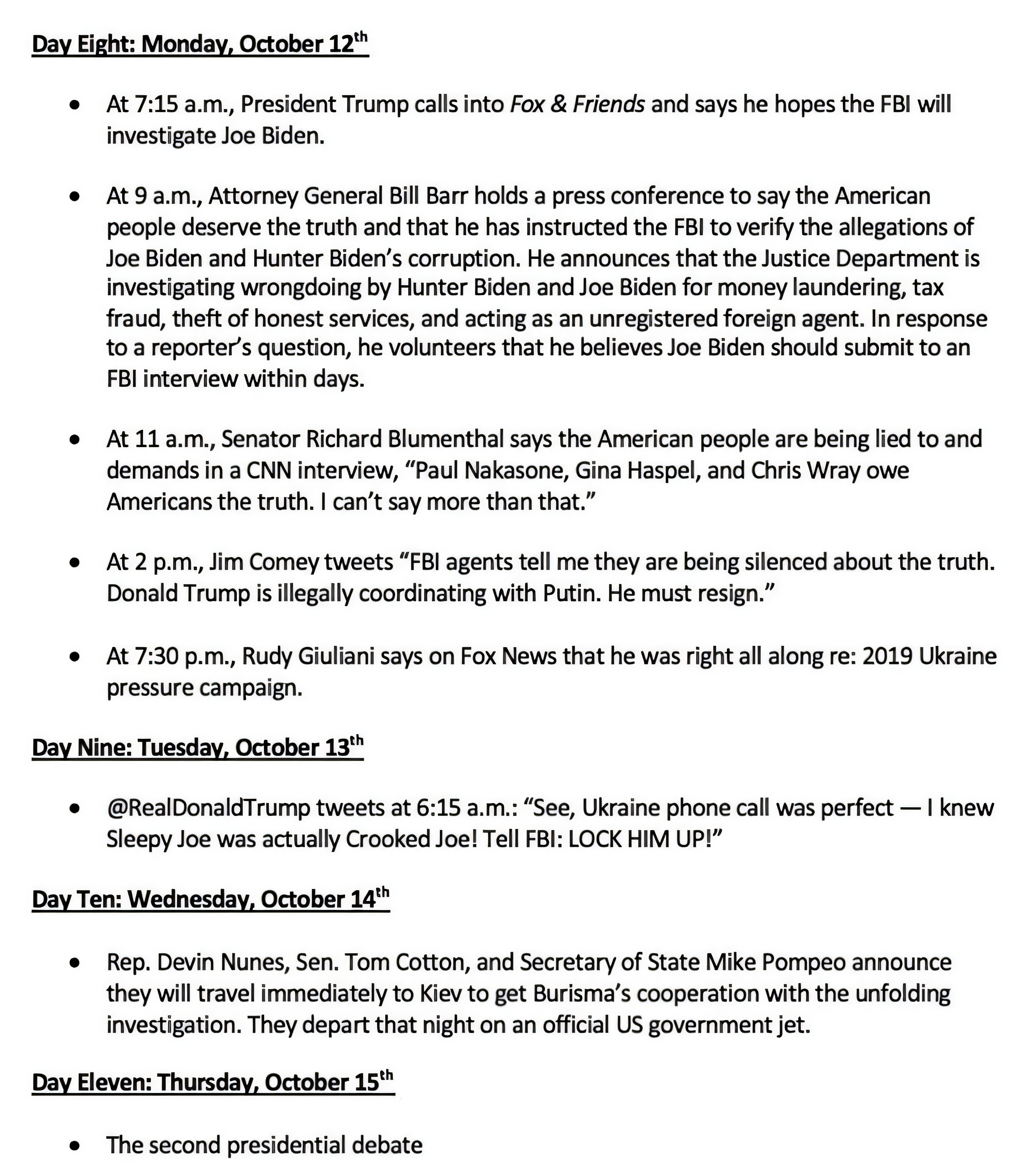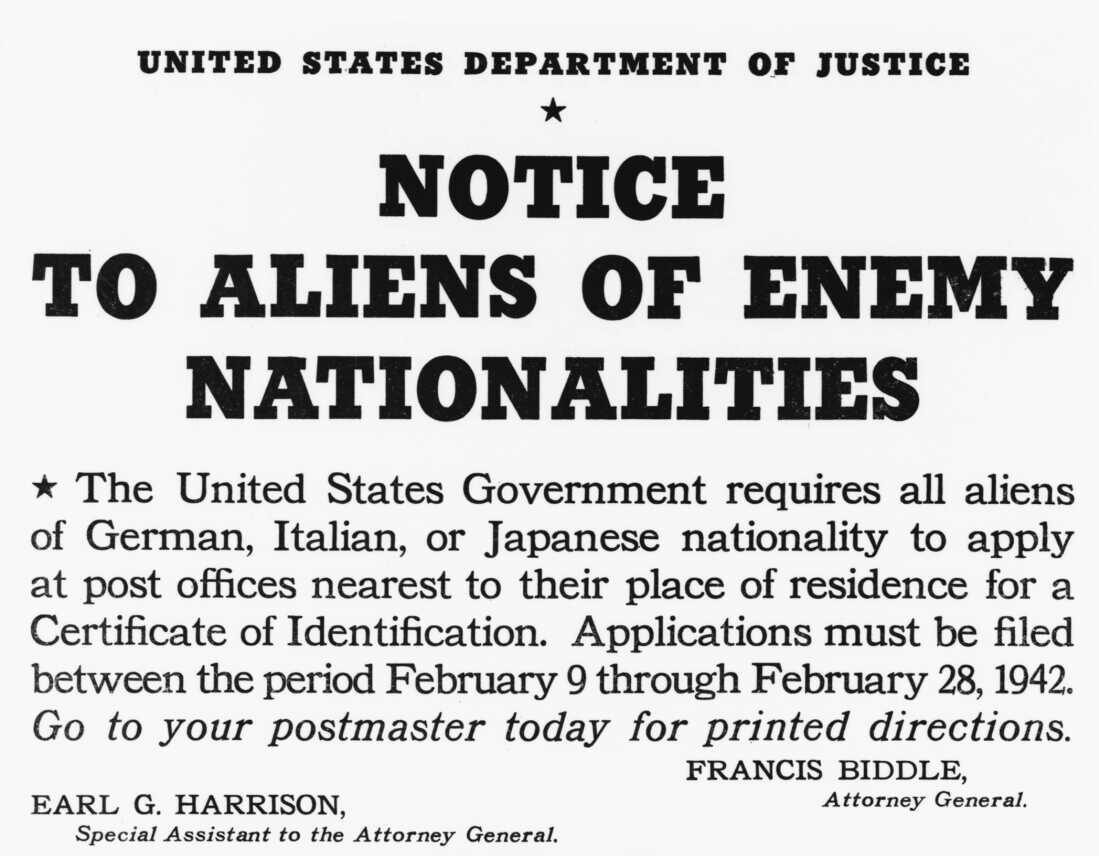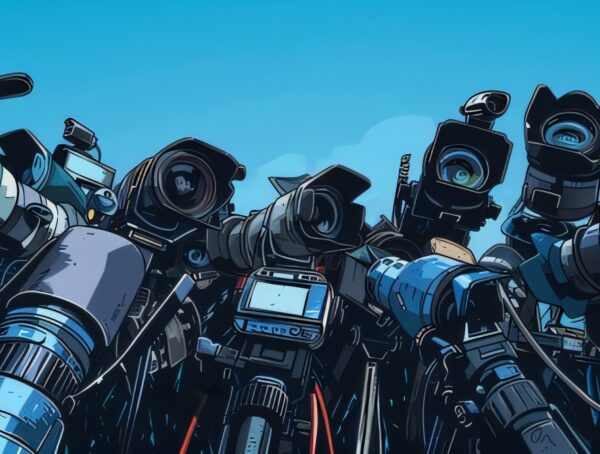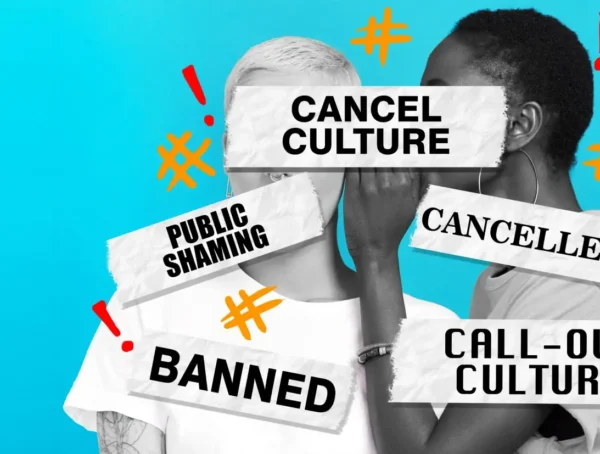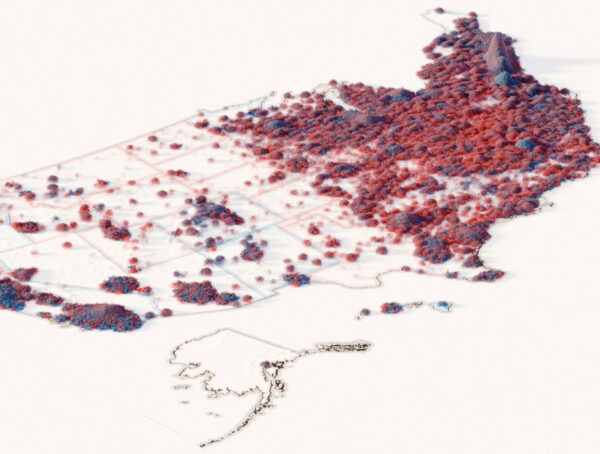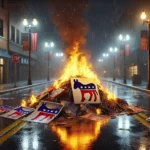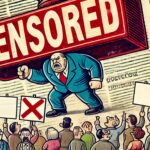TL;DR: The Twitter Files, revealed by journalist Matt Taibbi and supported by Elon Musk, expose systemic government overreach and censorship in collaboration with Big Tech. Key revelations include:
- Censorship Infrastructure: Federal agencies like the FBI and DHS used tools like the Twitter Partner Support Portal to flag and suppress content, labeling dissenting opinions as “misinformation.”
- Suppression of Major Stories: High-profile examples include the Hunter Biden laptop story and early COVID-19 lab-leak theory, which were censored or dismissed as disinformation, potentially altering public perception and elections.
- Collusion Examples: The Aspen Institute trained media and tech executives to dismiss politically damaging stories, as seen in the coordinated response to the Hunter Biden laptop story.
- Impact on Free Speech: This collaboration blurred the line between private decision-making and state action, silencing protected speech and undermining trust in democratic institutions.
- Broader Concerns: Censorship extended to ordinary citizens, public health debates, and election integrity discussions, with algorithms and government influence controlling public narratives.
- Historical Parallels: Echoing warnings from Eisenhower’s farewell address, the “Censorship Industrial Complex” reflects a dangerous merger of government, media, and corporate power, threatening free discourse and democracy.
The revelations highlight the urgent need to protect free speech and resist centralized control over public discourse. This isn’t just about isolated incidents—it’s a systemic issue that demands accountability and vigilance.
Imagine this… A journalist steps away from the congressional spotlight after testifying before the Select Subcommittee on the Weaponization of the Federal Government. His testimony, built on weeks of painstakingly analyzing a trove of internal documents provided by Elon Musk, unveiled shocking and irrefutable proof of government interference and censorship of American citizens on social media platforms. Upon returning home, he finds an unexpected surprise – a note from the IRS, which was left at his door while he was testifying in front of Congress. At first, it felt absurd, like some cosmic coincidence. But the timing was too suspicious to ignore.
This is exactly what happened to journalist Matt Taibbi, the investigator behind the groundbreaking Twitter Files. His work revealed the architecture of a vast censorship effort, a system that blends government power, corporate influence, and media complicity trying to control what Americans see, hear, and ultimately, think.
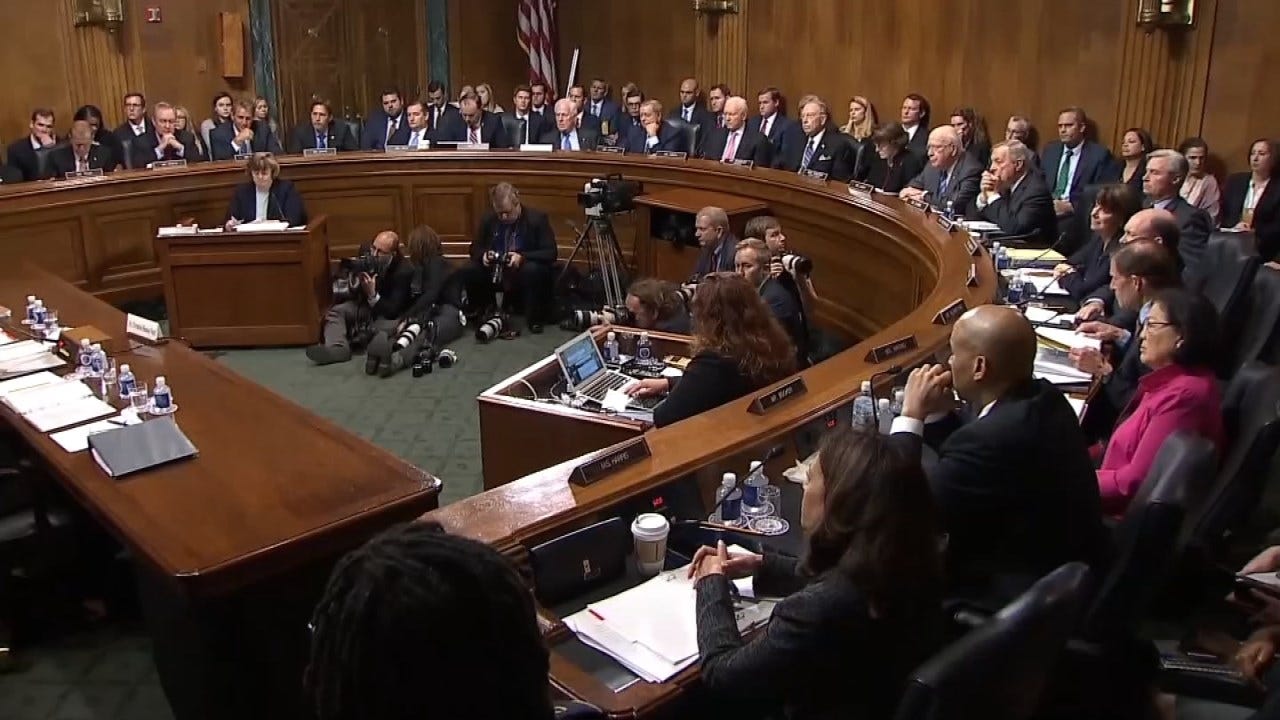
His testimony was laid out his bombshell investigation revealing how the U.S. government colluded with big tech and media to suppress dissent and control public discourse. And that IRS case? It was opened on March 9, 2023, the same day Taibbi released one of the most explosive testimony in decades. What followed was the unraveling of one of the most sophisticated censorship systems in modern history.
What Happened
Elon Musk, upon acquiring Twitter, unearthed a trove of internal documents that painted a disturbing picture of government overreach and censorship. Recognizing the gravity of the egregious infringement on free speech, Musk took a bold step. He entrusted these documents to three independent journalists; Matt Taibbi, Bari Weiss, and Michael Shellenberger. Musk understood that transparency is the cornerstone of democracy, and by revealing these truths, he hoped to ignite a national conversation about the preservation of our fundamental liberties – and it did!
Many things were revealed in these Judiciary Hearings, exposing an extraordinary system where federal agencies worked directly with social media platforms to monitor and manipulate public discourse. Framed as a mission to combat disinformation, agencies like the FBI, DHS, and others leveraged the custom designed tools like the Twitter Partner Support Portal, and weekly in-person of zoom meetings, to identify and suppress content that strayed from narratives aligned with financial gain and the preservation of power. This system allowed them to flag content for suppression, ranging from politically sensitive topics to harmless opinionated tweets by ordinary citizens.
The Twitter Files: A Systemic Scandal
Let’s take a moment to analyze what’s actually happening here. America was witnessing the emergence of a novel architecture born out of the digital age; discribed as Matt Taibbi as the Censorship Industrial Complex. It’s a profoundly elegant system, masked by the ostensibly noble goal of ‘protecting the public from harm,’ a narrative that conveniently labeled dissenters as conspiracy theorists if they weren’t scrutinizing closely.
What does it mean for democracy when those entrusted to protect freedom of speech instead become arbiters of acceptable thought The hearings laid bare a harsh reality: silencing citizens is a direct assault on the ideals of freedom, and the breadth of censorship uncovered represented one of the most dangerous and duplicitous abuses of power in recent history.
Example: The Hunter Biden Laptop Story
In October 2020, weeks before the presidential election, the Hunter Biden laptop story broke. The laptop contained emails suggesting corrupt foreign business dealings involving the Biden family. But instead of investigating the story, big tech platforms suppressed it. Twitter blocked users from sharing the link outright, while Facebook throttled its reach.
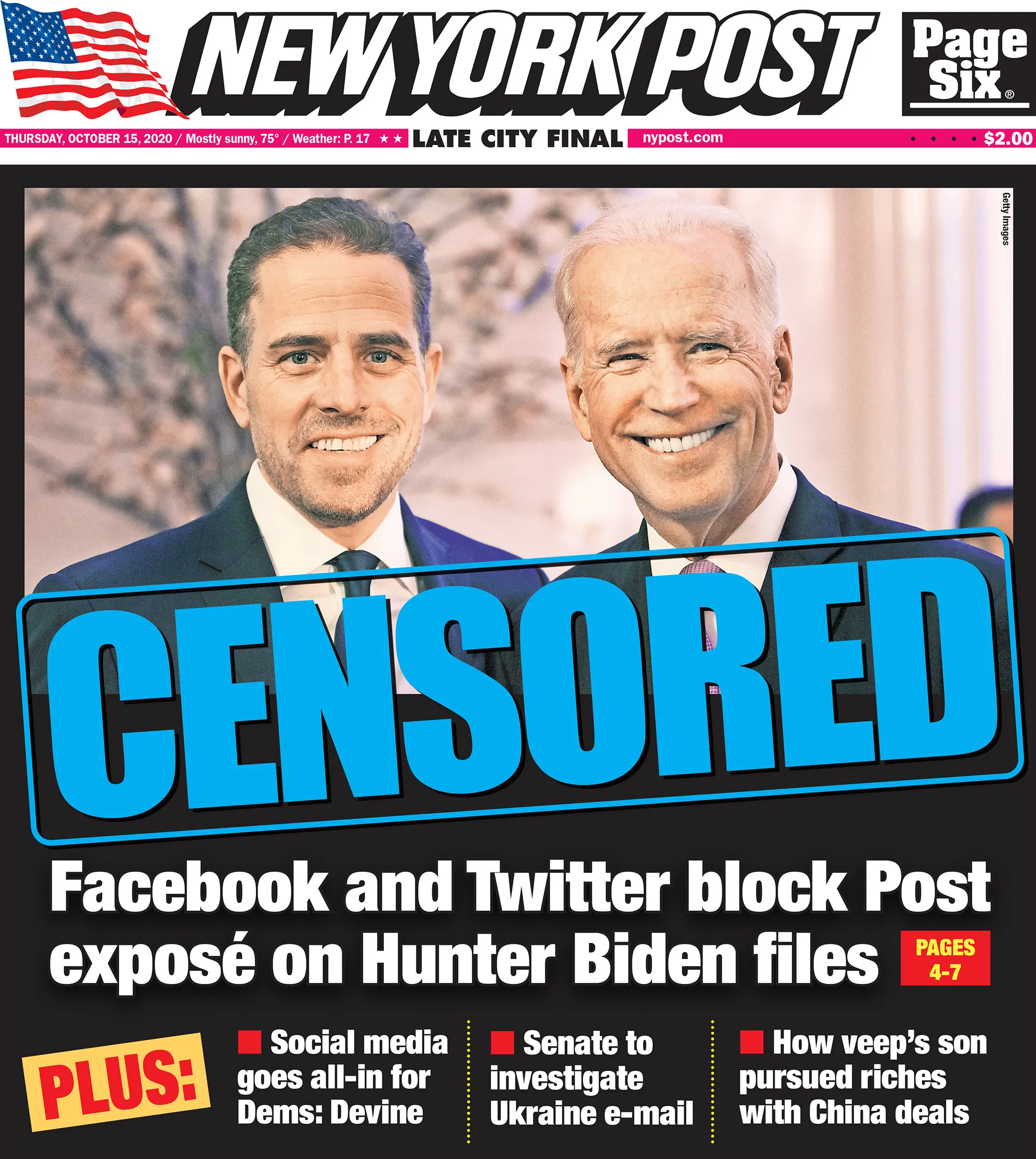
How? Internal communications revealed that the FBI had preemptively warned Twitter about “hacked materials” that might emerge during the election. This vague warning led Twitter to classify the laptop story as “potential Russian disinformation”—despite no evidence supporting the claim. To further cement this narrative, 50 former intelligence officials, including prominent figures like former CIA Directors James Clapper and John Brennan, signed a public letter declaring that the laptop story had “all the classic earmarks of a Russian information operation.” Although they had no concrete evidence, their letter was widely cited by media outlets to dismiss the story, shaping public perception during a critical election period. The truth? The laptop was real, and so was the story.
How Americans Were Censored
The First Amendment is a uniquely American safeguard against centralized control of discourse and was designed to protect Americans from exactly this kind of overreach. There’s no other place on the planet that enshrines free speech into its very DNA the way America does; it’s a remarkable outlier in the global system.
The Biden administration, working in tandem with Big Tech, crossed the line by silencing dissent by labeling uncomfortable truths as “misinformation” and censoring voices that didn’t align with their narrative. This blatant disregard for constitutional freedoms undermines the very foundation of what makes America great. Here’s how this unfolded:
The Aspen Institute: Training the Gatekeepers
The Aspen Institute’s “training” of tech and media elites is one of the clearest examples of coordinated suppression exposed by the Twitter Files. The Twitter Files exposed how, in 2020, the Aspen Institute convened media and tech elites for a so-called “tabletop exercise.” This wasn’t a theoretical exercise in journalistic ethics—it was a dress rehearsal for information suppression.
LEAKED DOCUMENTS: ASPEN INSTITUTE BURISMA LEAK SIMULATION EXERCISE
On the surface, it might seem prudent to prepare for foreign disinformation, but that’s not what this was about. The exercise revolved around dismissing a hypothetical story about corruption tied to a presidential candidate as “Russian disinformation.” Among the participants were executives from Facebook, Twitter, and journalists from outlets like The New York Times—the very people tasked with informing the public. All of whom would later play pivotal roles in controlling the flow of information.
Fast-forward to the Hunter Biden laptop story. The same playbook was deployed: disinformation labels, platform censorship, and media silence, ensuring it would never reach the public during a critical election. The result? Voters were kept in the dark during one of the most critical elections in American history. This coordinated effort is a betrayal of trust and a direct assault on free speech.
Suppressing Public Debate
During the COVID-19 pandemic, the act of suppressing public debate expanded into an entirely new domain: public health. Emails obtained through Freedom of Information requests revealed the egregious truth that federal agencies, like the CDC and NIH, actively pressured social media platforms such as Twitter and Facebook to silence discussions. The Biden Administration did its best to suppress any posts or comments about where the virus came from, whether vaccines were as effective as advertised, and even early treatments like hydroxychloroquine and ivermectin.
This suppression didn’t only affect random internet users, it extended to high-profile scientists that are experts in their fields. Americans like Dr. Robert Malone, one of the contributors to mRNA vaccine technology, and Dr. Jay Bhattacharya, co-author of the Great Barrington Declaration, were de-platformed or labeled as misinformation spreaders. Their crime? Asking questions and exploring evidence that didn’t fit the government-approved narrative.
Remember, science isn’t a fixed answer; it’s a process. And that process thrives on debate, disagreement, and yes—being wrong sometimes. Without open discussions, are we really seeking the truth, or are we just picking the truth that’s most convenient?
Example: Lab Leak Theory Suppression
Early in 2020, scientists, including Dr. Anthony Fauci, privately acknowledged that COVID-19 might have originated from a lab in Wuhan. Emails showed virologists raising concerns about the virus’s engineered characteristics. But within days of a Fauci-led conference call, their public stance shifted dramatically. The lab-leak hypothesis was dismissed as a conspiracy. Later documents revealed that U. S. -funded gain-of-function research could have been tied to the Wuhan lab, raising questions about conflicts of interest. As investigations progressed, further evidence emerged, including damning videos revealing covid coverups that suggested a coordinated effort to suppress information regarding the virus’s origins. These revelations intensified scrutiny on public health officials and sparked debates over the transparency of research funding. Critics argued that the shifting narrative around the lab-leak theory indicated potential negligence in addressing critical biosafety issues that could have prevented the outbreak.
READ THE OFFICIAL HOUSE REPORT REVEALING FAUCI’S INCRIMINATING EMAILS
The Twitter Files revealed that suppression wasn’t reserved for high-profile stories. Government agencies flagged content from ordinary users, even accounts with fewer than 100 followers. Tweets criticizing lockdowns, masking policies, or election procedures were flagged, reviewed, and in many cases, removed. Internal Twitter communications showed how even minor posts—tweets with no significant reach—were flagged by government agencies. This demonstrated that the goal wasn’t just narrative control but total control over dissent, no matter how small. The extent of this interference highlights a troubling relationship between social media platforms and governmental oversight. As revealed by the Twitter Files, the phenomenon of twitter censorship and government influence extended beyond just the prominent voices, reaching into the everyday exchanges of average users. This raises significant questions about the implications for free speech and the ability of citizens to engage in open dialogue without fear of suppression.
A Historical Parallel
Let’s take a moment to reflect on history. Back in the days of Woodrow Wilson’s presidency, censorship was overt. The Alien and Sedition Acts made it clear: criticize the government during wartime, and you could face arrest. It was heavy-handed, obvious, and yes, unconstitutional by today’s standards. But at least back then, you could see your accuser. You knew who the censors were, and you could fight back in the open arena of ideas or the courts.
Fast forward to today, and the game has changed. We’re no longer dealing with blatant censorship enforced by government edict; we’re dealing with something far more insidious. Were dealing with a stealth operation where algorithms, not laws, control the narrative. These algorithms are programmed by a handful of tech elites, often in quiet coordination with government agencies, to suppress speech that challenges the “approved” narrative.
Imagine if the Founding Fathers had tried to debate liberty and independence, only to find their pamphlets mysteriously vanish from print shops because an invisible algorithm flagged their ideas as “dangerous” or “misleading.” That’s the modern equivalent we’re dealing with. Algorithms that filter, suppress, and amplify information based on criteria we’ll never fully understand, guided by an opaque mix of government influence and corporate self-interest.
When ideas are suppressed or artificially elevated, the people lose their ability to make informed decisions. And let me be clear: if we can’t trust the public square to present an open exchange of ideas, then we’ve already surrendered to a system that’s far more tyrannical than any overt censorship law could ever be.
Eisenhower’s Prophetic Warning
In his 1961 farewell address, President Dwight Eisenhower warned of the rise of the military-industrial complex, cautioning that unchecked power could threaten democracy. But Eisenhower also feared the domination of public policy by a technological elite, warning that such influence could undermine liberties and democratic processes.
Today, Eisenhower’s fears have materialized. The Censorship Industrial Complex combines the power of government, big tech, and media to suppress speech at an unparalleled scale. Billions of taxpayer dollars fund these efforts, ensuring the system’s continued expansion.
The Supreme Court Overruling: What Does It Mean for the Future of Free Speech?
Let’s begin with a question: what is the purpose of free speech? Not just the legalistic definition, but its purpose as a human activity. Free speech is like the genetic code of a functioning society. It allows for mutation, experimentation, and adaptation. Without it, there’s no way to test the fitness of ideas or to refine them into truths that stand the test of time.
Free speech is the mechanism by which we test ideas and is an evolutionary tool of technology for societal progress. Without it, we’re left with dogma, with the stagnation of thought, and with the collapse of intellectual and cultural growth.
CLICK HERE TO READ THE FIFTH CIRCUIT DECISION DETAILING HOW THE BIDEN ADMINISTRATION INTENTIONALLY VIOLATED FIRST AMENDMENT RIGHTS The 5th Circuit ruling on first amendment rights underscores the critical importance of protecting free speech in a democratic society. This decision articulates how governmental actions that infringe upon individual liberties can have lasting repercussions. As the ruling sheds light on these violations, it serves as a reminder that accountability and transparency must be upheld by those in power.
Outcome
The court ruled that such actions violated the First Amendment, as the government cannot coerce or significantly encourage private entities to act in ways that the government itself is prohibited from doing. The decision highlighted the importance of maintaining a clear boundary between state authority and private decision-making in matters of speech and expression.
Let’s think this through. Social media platforms are today’s public squares, where ideas take shape and grow. When the government pressures these platforms to silence certain views, it’s not just speech being controlled; it’s thought itself. Speech is how we externalize our minds. Take that away, and you limit the very ability to think freely.
We’ve seen echoes of this before. In the Soviet Union, dissent was crushed through blatant censorship—controlling who could speak and what could be said. Today, the methods are quieter but no less oppressive. Posts aren’t outright banned; they’re buried. Ideas aren’t declared illegal; they’re labeled misinformation and hidden by algorithms. The outcome is the same: a constrained range of acceptable thought and a diminished ability to grapple with complex realities.
The Fifth Circuit recognized this danger, ruling that government coercion of private platforms violated the First Amendment. Yet the Supreme Court, by sidestepping the deeper implications, left the machinery of suppression intact—a dangerous precedent for the boundaries of free discourse.
A Wake-Up Call
The revelations uncovered in these hearings of coordinated censorship, silenced dissent, and controlled narratives aren’t just mistakes or bureaucratic errors. They’re a wake-up call. They highlight a system where government and private entities, together, have shaped what Americans can see, discuss, and ultimately believe.
Matt Taibbi’s testimony revealed not just a scandal but a crisis. The institutions tasked with protecting democracy, such as government agencies, the press, and private companies, have become complicit in eroding it. This isn’t just about controlling misinformation. It’s about controlling you.
The next time a story is suppressed or labeled “misinformation,” ask yourself: Who benefits from this being hidden? Because, as the Twitter Files show, it’s rarely the public.
The fight for free speech isn’t over. It’s just beginning. Only an alert and informed citizenry can challenge the power of the Censorship Industrial Complex and ensure that truth—not control—remains at the heart of democracy.
Themes of Collusion
The Fauci COVID Hearings Revealed Systemic Issues:
- Narrative Control: Suppressing competing hypotheses like the lab-leak theory.
- Financial Conflicts of Interest: Profiting from policies promoting vaccines and pharmaceutical solutions.
- Censorship: Silencing dissent on social media and in public discourse.
- Transparency Evasion: Using private emails and bureaucratic loopholes to avoid accountability.
SOURCES:
Government Agencies
1. NIH (National Institutes of Health)
- Dr. Anthony Fauci, as the head of NIAID (National Institute of Allergy and Infectious Diseases), which is a part of the NIH, was central to discussions about funding gain-of-function research.
- Involved in steering public narratives about the origins of COVID-19, particularly favoring the zoonotic origin theory over the lab-leak hypothesis.
SOURCES:
2. CDC (Centers for Disease Control and Prevention)
- Coordinated with Fauci and other officials to promote public health messaging, sometimes oversimplifying or suppressing data about vaccine efficacy, waning immunity, and side effects.
- Suppressed dissenting voices and alternative approaches to public health policies, such as targeted protection over universal lockdowns.
SOURCES:
3. FDA (Food and Drug Administration)
- Played a role in supporting the expedited rollout of vaccines under Emergency Use Authorization while downplaying concerns about long-term safety and side effects.
- Worked to reinforce messaging that aligned with federal narratives.
SOURCES:
4. DHS (Department of Homeland Security)
- Through its Cybersecurity and Infrastructure Security Agency (CISA), flagged COVID-related “misinformation” on social media platforms, aligning with Fauci-led public health directives.
SOURCES:
5. White House
- The Biden administration was heavily involved in coordinating with Fauci and other officials to manage public narratives.
- Pressured Big Tech to censor content contradicting government-endorsed positions on COVID-19 origins, vaccine efficacy, and pandemic policies.
SOURCES:
6. NIAID (National Institute of Allergy and Infectious Diseases)
- Under Fauci’s leadership, the NIAID funded EcoHealth Alliance, which redirected funds to the Wuhan Institute of Virology for research that may have included gain-of-function experiments.
- Played a central role in managing communications about the origins of COVID-19.
SOURCES:
7. EcoHealth Alliance
- This NGO was a key intermediary in funneling NIH funding to the Wuhan Institute of Virology.
- Worked closely with Fauci and NIAID, raising questions about accountability and transparency in its use of taxpayer funds.
SOURCES:
- What Does NIH Letter Say About Gain-of-Function Research?
- US Suspends Funding to EcoHealth Alliance Over Wuhan Research Oversight
- Elon Musk Demands Charges Against Anthony Fauci After NIH Admits Funding Gain-of-Function Research
- What Was Anthony Fauci’s Top Aide Hiding?
- Ralph Baric, Whose Virology Techniques Were Used in Wuhan, Testified That Lab Leak Was Possible
8. WHO (World Health Organization)
- Collaborated with U.S. agencies to promote the zoonotic origin theory and discredit the lab-leak hypothesis.
- Influenced by Fauci and other officials in shaping international pandemic response narratives.
SOURCES:
9. Big Pharma
- Companies like Moderna and Pfizer were directly implicated through financial ties to government health officials.
- NIH scientists, including Fauci, received royalties from patents tied to mRNA vaccine technology, raising concerns about conflicts of interest in vaccine recommendations.
SOURCES:
10. Big Tech (Social Media Platforms)
- Platforms like Twitter, Facebook, and YouTube were pressured to remove or suppress content questioning vaccines, lockdowns, or alternative treatments.
- Acted on directives from public health agencies to label dissenting views as “misinformation.”
SOURCES:
Supporting Agencies and Collaborators
1. State Department
- Involved in shaping international messaging about COVID-19, particularly in support of the zoonotic origin theory.
- Promoted initiatives to counter “misinformation,” aligning with Fauci-led narratives.
SOURCES:
2. Congressional Members
- While not directly complicit, some members of Congress supported Fauci’s positions, shielding him from early scrutiny while downplaying alternative narratives.
SOURCES:
3. Academic and Research Institutions
- Collaborated with Fauci and the NIH to publish studies and letters favoring the zoonotic origin theory, such as the infamous The Lancet letter organized by EcoHealth Alliance’s Peter Daszak.
SOURCES:
4. Mainstream Media
- The media acted as an amplifier for government-approved narratives, often discrediting alternative hypotheses and dissenting scientists.
- Played a central role in normalizing the vilification of figures like Dr. Bhattacharya and Dr. Malone.
SOURCES:
More from Politics
Why You Can’t Trust the News Anymore
In today’s media landscape, the illusion of an unbiased, purely journalistic fourth estate is as believable as a late-night infomercial …
Cancel Culture: The Hunger Games of Social Media
From Torches to Tweets: The Lynch Mob Goes Digital Cancel culture is the sacred cow of our enlightened era. Over the …
Why the ‘Racism’ Excuse for Kamala’s Loss Falls Apart
Let’s get one thing straight: Kamala Harris didn’t lose the 2024 election because of racism, misogyny, or some other well-worn …







